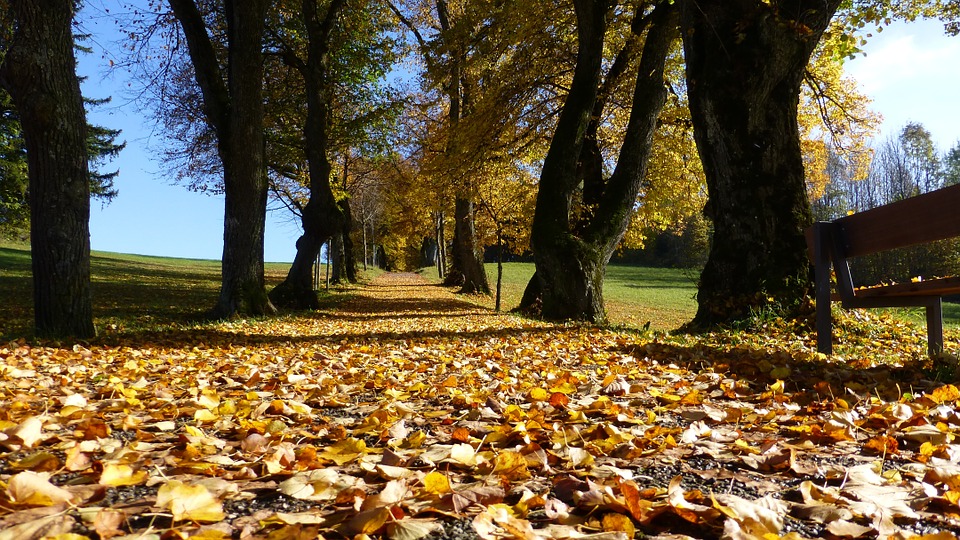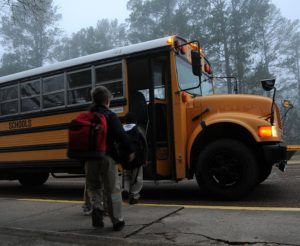
A while back, I was invited to present for the Honolulu Association for Supervision and Curriculum Development. My husband and I went one week earlier than the day on which I was to present so that we could enjoy the scenic beauty and historical significance of our 50th state. I will never forget spending one of those days at Pearl Harbor. We were there with several high school classes who experienced the same emotional impact on this field as did we. After a tour of the grounds and a video recalling the horrific attack on December 7, 1941, we were transported by boat to the U.S.S. Arizona memorial. It was such a spiritual experience that no one said a word. Students did not even have to be told not to talk. They just didn’t!
The purpose of the brain is not to make good grades or to score high on standardized tests. The brain has but one purpose: survival in the real world. Students can read about Pearl Harbor, research it on the internet, or view a video, but none of those things can serve as substitutes for the field trip the students and I took that day. Is it any wonder that the places that you and your students travel to in the real world are long remembered?
What The Research Says
Researchers at the University of Arkansas found that when students take field trips to cultural institutions, their critical-thinking skills, levels of tolerance, and historical empathy improve (Greene
& Kisida, 2013).
“Much like babies who learn more by watching real people than by looking at two-dimensional screens, teenagers learn betters from real humans, too” (Todd, 2014).
Enhancing higher-order thinking skills, refining observation and questioning skills, and increasing the confidence and attitude of students are all benefits of field trips (Davis, 2002).
Make It Happen
- For a change of scenery, convene class outside of the classroom on the school grounds. Allowing students to absorb the vitamin D and other positive effects of sunlight and the beauty of
 nature calms students’ brains and puts the mind in a good state for learning. Conducting a class discussion while sitting under a tree can add a whole new dimension to instruction.
nature calms students’ brains and puts the mind in a good state for learning. Conducting a class discussion while sitting under a tree can add a whole new dimension to instruction.
- Following lessons on the concepts of angles, circles, rays, lines, line segments, and intersecting and parallel lines, take the class outside and have them identify these items on the sports fields or in the outside environment. Have students measure these fields. Following this field trip, lead students in a discussion of how geometry affects the design of sports fields (Tate, 2009).
- To beautify the campus and learn about gardening, have students research, design, and plant a garden, butterfly garden, or water garden. Bulbs can be planted in the design of the school initials or logo. The more familiar names and more scientific names of the plants can be labeled. Have students plan and conduct tours for other classrooms that are visiting the garden (Tate & Phillips, 2011).
For more examples of instructional activities that engage students through field trips, consult the 3rd edition of my best-selling book, Worksheets Don’t Grow Dendrites.